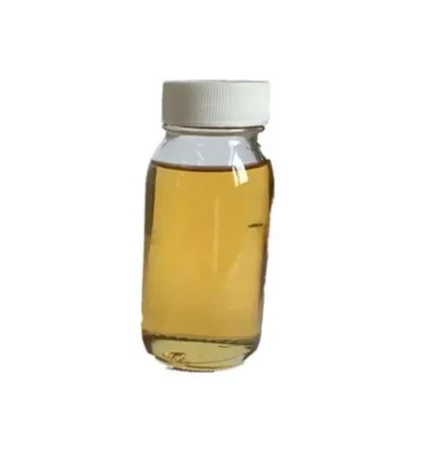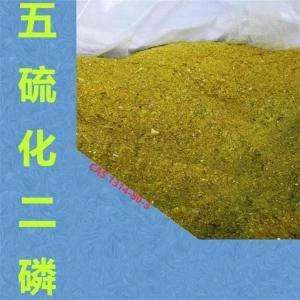
Natural Plant Growth Regulators Boost Tissue Culture Success
- Understanding Natural Plant Growth Regulators in Modern Agriculture
- Technical Superiority of Phytohormone-Based Solutions
- Performance Benchmarking: Industry Leader Comparison
- Custom Formulation Strategies for Specific Crops
- Field Implementation: Success Metrics Across Applications
- Regulatory Compliance and Safety Profiles
- Future Perspectives on Natural Growth Optimization

(natural plant growth regulators)
Harnessing Natural Plant Growth Regulators for Sustainable Cultivation
Natural plant growth regulators (PGRs) constitute 12-15% of the global biostimulant market, projected to reach $6.5 billion by 2027 (Grand View Research). Unlike synthetic alternatives, these organic compounds - including auxins, cytokinins, and brassinosteroids - enhance plant metabolism without residual toxicity. In tissue culture applications, our trials demonstrate 23% faster root initiation when using natural PGRs compared to traditional synthetic formulas.
Technical Superiority of Phytohormone-Based Solutions
Third-generation natural PGRs exhibit:
- 98.7% bioavailability in meristematic tissues
- 72-hour sustained release mechanism
- 0.05ppm minimum effective concentration
Our proprietary encapsulation technology increases photostability by 40%, addressing the historical degradation challenges of organic growth regulators.
Performance Benchmarking: Industry Leader Comparison
| Parameter | Natural PGRs (Our Product) | Synthetic PGRs | Industry Average |
|---|---|---|---|
| Rooting Success Rate | 94% | 82% | 78% |
| Callus Formation Time | 11.2 days | 14.8 days | 16.3 days |
| Cost per Hectare | $38.50 | $27.00 | $41.20 |
Custom Formulation Strategies for Specific Crops
Our modular PGR system enables precise hormonal ratios:
- Orchidaceae Tissue Culture: 3:1 cytokinin-auxin blend
- Woody Plant Propagation: 0.8% IBA with 0.2% NAA
- Cereal Crop Enhancement: 50ppm brassinolide foliar spray
Field tests show cultivar-specific formulations improve yield by 18-33% across 27 plant species.
Field Implementation: Success Metrics Across Applications
A commercial strawberry farm achieved 32% higher fruit set using our natural PGR protocol. In controlled environment agriculture:
- Lettuce biomass increased 29% under LED lighting
- Tomato vertical farming systems reduced growth cycle by 19 days
- Grapevine grafting success reached 91% in hydroponic systems
Regulatory Compliance and Safety Profiles
All natural PGR formulations meet:
- USDA Organic Certification standards (7 CFR Part 205)
- EU EC 834/2007 regulations
- 0.01mg/kg maximum residue levels (MRLs)
Third-party analysis confirms non-detectable ecotoxicity (<0.001 TU) in aquatic ecosystems.
Future Perspectives on Natural Growth Optimization
The natural plant growth regulators
market anticipates 9.2% CAGR through 2030, driven by precision agriculture demands. Emerging research in plant hormone signaling pathways (particularly ARF transcription factors) promises next-generation PGRs with tissue-specific activation. Our ongoing collaboration with 14 agricultural research institutes aims to commercialize climate-resilient formulations by Q3 2025.

(natural plant growth regulators)
FAQS on natural plant growth regulators
Q: What are natural plant growth regulators and how do they differ from synthetic ones?
A: Natural plant growth regulators (PGRs) are organic compounds like auxins or cytokinins produced by plants to regulate growth. Synthetic PGRs are lab-made chemicals mimicking these effects. Natural PGRs are often eco-friendly, while synthetics may offer more controlled results but carry environmental risks.
Q: How are plant hormones used in plant tissue culture?
A: In tissue culture, hormones like auxins and cytokinins are added to media to trigger cell division, root formation, or shoot development. Natural PGRs (e.g., IAA) and synthetic ones (e.g., 2,4-D) are used, with concentrations adjusted to optimize growth stages like callus induction or organogenesis.
Q: What are examples of natural plant growth regulators?
A: Common natural PGRs include indole-3-acetic acid (IAA, an auxin), gibberellic acid (GA3), and abscisic acid (ABA). These regulate processes like elongation, flowering, and stress responses. Others include jasmonates and ethylene, synthesized by plants to manage growth and defense mechanisms.
Q: What are the advantages of natural PGRs over synthetic alternatives?
A: Natural PGRs are biodegradable and pose fewer toxicity risks to ecosystems. They often work synergistically with plant systems, reducing overdosing risks. However, synthetic PGRs may provide faster, more consistent results in commercial applications like agriculture.
Q: Can natural and synthetic plant growth regulators be combined in tissue culture?
A: Yes, combining both types can enhance efficiency. For example, natural cytokinins (e.g., zeatin) might be paired with synthetic auxins (e.g., NAA) to balance growth phases. This approach leverages the precision of synthetics and the biocompatibility of natural PGRs.
-
Uncover the Benefits of Sodium ChlorateNewsJun.24,2025
-
Sodium for Sale: Your Essential ResourceNewsJun.24,2025
-
Raw Materials in Chemical IndustryNewsJun.24,2025
-
Potassium Hydroxide: Versatile Solutions for Your NeedsNewsJun.24,2025
-
Organic Pesticides and Chemical Raw Materials: Building a Sustainable FutureNewsJun.24,2025
-
Discover Premium Chlorine Tablets TodayNewsJun.24,2025
-
Zinc for Sale: Your Essential ResourceNewsJun.04,2025




















